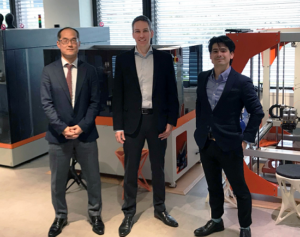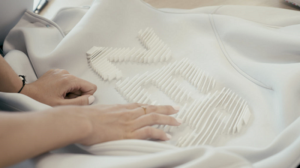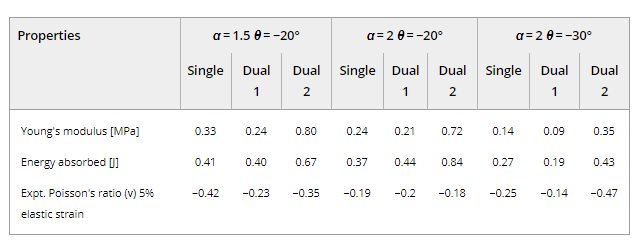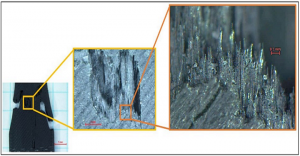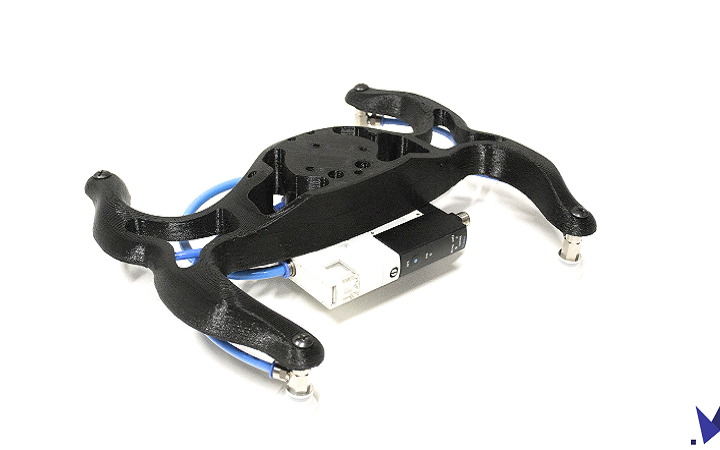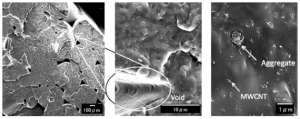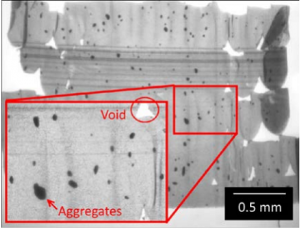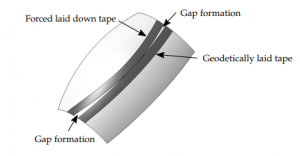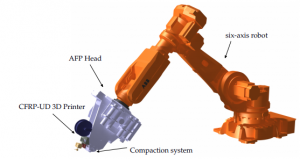In today’s 3D Printing News Briefs, we’ve got a little business news, followed by stories about materials, and finally ending with some 3D printed fashion. PostProcess Technologies is expanding in Japan with a new partnership. Smart International has launched a material partnership program, and CRP Technology is introducing a new Windform material. Finally, a Spanish fashion brand is using BCN3D’s technology to make some of its clothing.
PostProcess Technologies Enters Asian Market with New Partnership
Automated post-printing solutions provider PostProcess Technologies Inc. announced that it’s entering the Asian additive manufacturing market, and expanding the reach of its solutions, by naming K.K. IRISU (C. ILLIES & CO., LTD.) as its first distribution partner in Japan. PostProcess chose the high-quality industrial machinery and technologies specialist, to help serve its growing base of customers in Japan and represent its data-driven technologies because of its expertise and experience. The partnership is mutually beneficial, as ILLIES can now offer its customers access to technology that will automate common post-printing processes and enable “additive manufacturing at scale.”
“K.K.IRISU’s main objective is to educate the Japanese market in additive manufacturing and to continue to be the solution provider for the Japanese 3D manufacturing world. We feel that by adding PostProcess Technologies to our lineup, will help assist the Japanese market to compete with other countries in Additive Manufacturing as well as globally maintain the high standards of the tag ‘Made in Japan’,” said Dr. Frank Oberndorff, President of K. K. IRISU.
Next month, both companies will exhibit at the Design Engineering & Manufacturing Solutions (DMS) 2020 Expo.
Smart International Introduces Material Partnership Program
 This week, Smart International, the global brand licensee in 3D printing for KODAK, announced the launch of a new Materials Partnership Program in order to help its customers achieve a repeatable 3D printing experience, while also meeting the demand for high-quality, yet easy-to-print, engineering materials. The company has already developed, and tested, material profiles for filaments from its partners BASF, Clariant, and DSM, which will help provide optimal conditions for these third party materials on the Portrait 3D printer. Print profiles were created from this data, and can either be accessed from the KODAK 3D Cloud or downloaded from the Smart3D website.
This week, Smart International, the global brand licensee in 3D printing for KODAK, announced the launch of a new Materials Partnership Program in order to help its customers achieve a repeatable 3D printing experience, while also meeting the demand for high-quality, yet easy-to-print, engineering materials. The company has already developed, and tested, material profiles for filaments from its partners BASF, Clariant, and DSM, which will help provide optimal conditions for these third party materials on the Portrait 3D printer. Print profiles were created from this data, and can either be accessed from the KODAK 3D Cloud or downloaded from the Smart3D website.
“We feel it is of vital importance to continually adapt to the ever-evolving 3D printing market. Partnering with top filament companies like BASF, Clariant and DSM gives the customer the opportunity to choose the material that best fits their project, and gives them confidence to use these high-quality 3rd party materials with the KODAK Portrait 3D Printer,” said Roberto Gawianski, the CEO of Smart International. “We are pleased to be able to assist in the development and evolution of 3D printing filaments, and will continue to support progress in this area.”
BASF material profiles include Ultrafuse ABS Fusion+, Ultrafuse PAHT CF15, Ultrafuse PA, and Ultrafuse Z PCTG, while Clariant now has a profile for its popular 20% carbon fiber-reinforced polyamide 6/66 PA6/66-CF20 filament. Smart International also created material profiles for DSM’s Novamid ID1030, Novamid ID1030 CF10, a carbon fiber filled PA6/66 copolymer filament and Arnitel ID2060 HT.
CRP Technology’s New Windform P2 Material
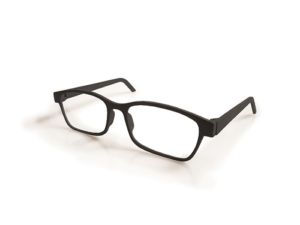 Italian company CRP Technology is introducing the latest material from its Windform P-LINE range – the glass fiber-reinforced thermoplastic polyamide Windform P2, which the company states has “excellent mechanical properties” for its High Speed Sintering (HSS) technology. The new material has high tensile strength (39.24 MPa), combined with increased stiffness (2925.20 MPa), and is great for insulating, as it is glass fiber-filled. Windform P2 is good for producing end-use parts that need high stiffness, as well as manufacturing components with detailed resolution.
Italian company CRP Technology is introducing the latest material from its Windform P-LINE range – the glass fiber-reinforced thermoplastic polyamide Windform P2, which the company states has “excellent mechanical properties” for its High Speed Sintering (HSS) technology. The new material has high tensile strength (39.24 MPa), combined with increased stiffness (2925.20 MPa), and is great for insulating, as it is glass fiber-filled. Windform P2 is good for producing end-use parts that need high stiffness, as well as manufacturing components with detailed resolution.
“Windform® P2 is the second polymer from P-LINE, the new Windform® range of materials for high speed production-grade 3D printing, introduced on the market less than a year ago,” said Engineer Franco Cevolini, CRP Technology CTO and VP.
“This is a very important property. Windform® P2 is stiffer than Windform® P1 because Windform® P2 is reinforced (Windform® P1 is not reinforced). Most of the reinforced materials for similar technologies currently on the market, show a decrease in the tensile strength property. My staff and I have been able to preserve the high tensile strength in Windform® P2. Therefore, Windform® P2 overall’s performance is superior than the performance of similar materials currently on the market for similar technologies.”
ZER Collection 3D Printing Clothes with BCN3D
Spanish fashion brand ZER Collection introduced its first collection at the most recent Mercedes Benz Fashion Week in Madrid. The label, which was founded in 2017 by Núria Costa and Ane Castro and designs ‘futuristic, functional and urban clothing with sporty aesthetics,’ incorporated 3D printed parts, made with BCN3D’s Sigma printer, into 12 of the outfits; this system allows for the printing of two different materials, including flexible TPU. ZER Collection is using 3D printing in order to accelerate its production manufacturing processes and reduce waste, while also contributing to the use of sustainable new technologies in the apparel industry.
“We work much faster, because we can print two fabrics at the same time,” Costa said when explaining some of the benefits of using 3D printing to make their clothing, including their ability to “digitize all patterns in order to produce only the necessary fabric.”
“We believe that the use of 3D printing represents a revolution in fashion, in environmental care and in society.”
Discuss these stories and other 3D printing topics at 3DPrintBoard.com or share your thoughts in the Facebook comments below.
The post 3D Printing News Briefs: January 16, 2020 appeared first on 3DPrint.com | The Voice of 3D Printing / Additive Manufacturing.

